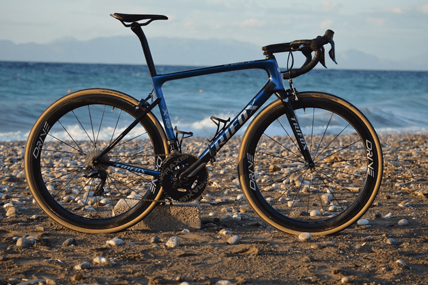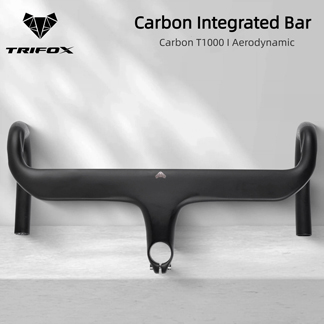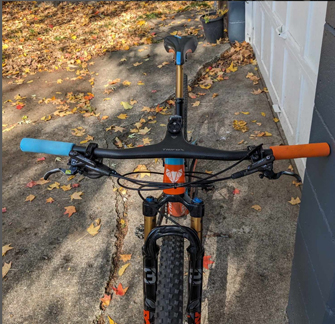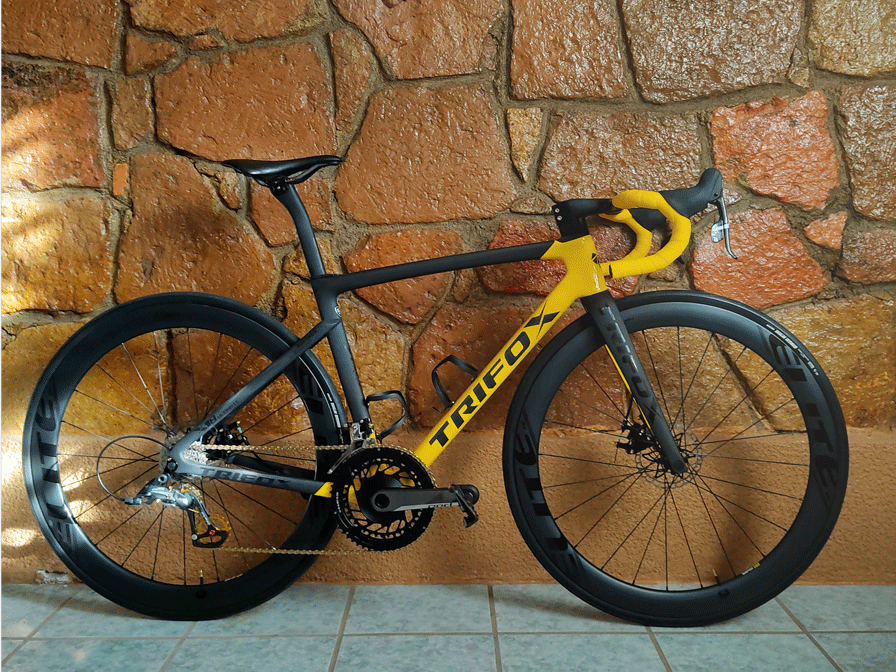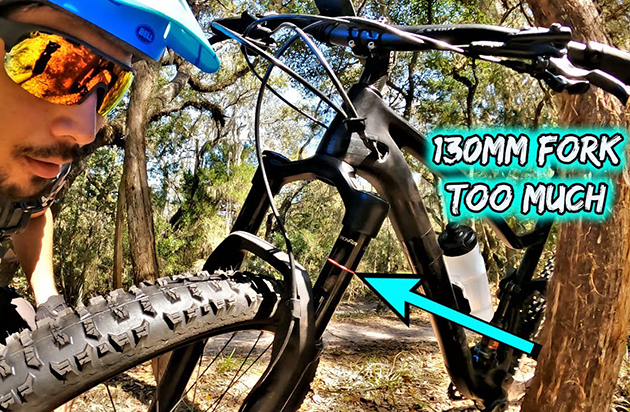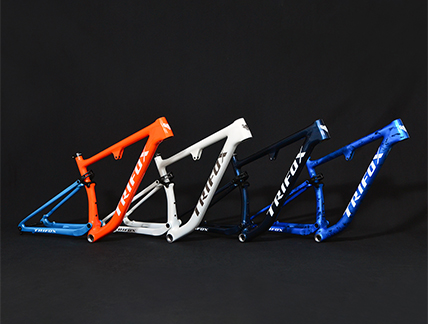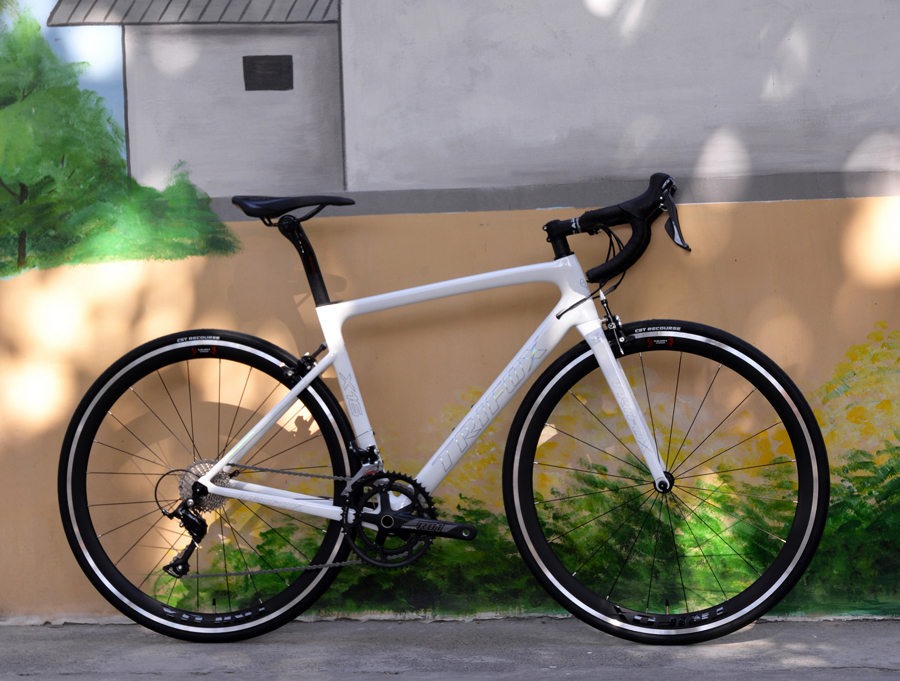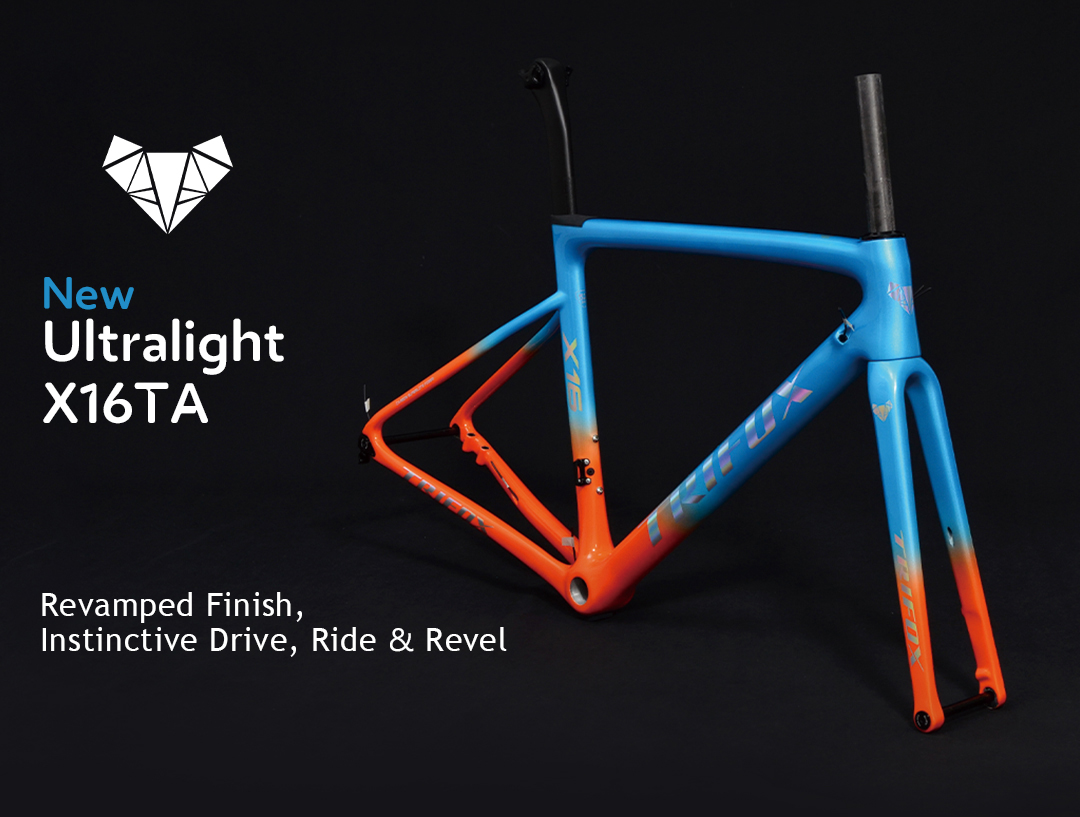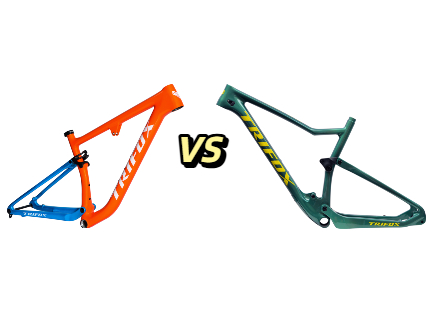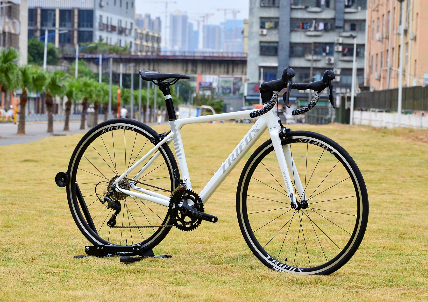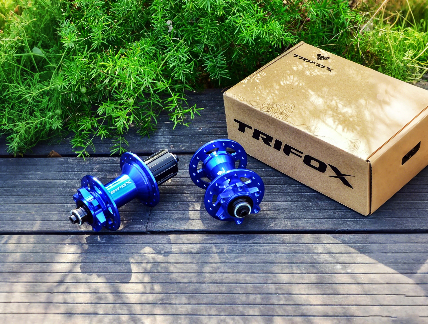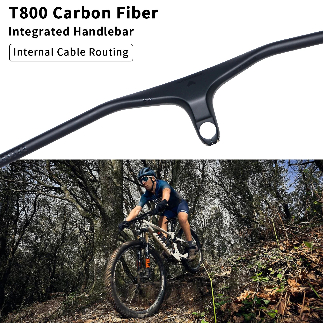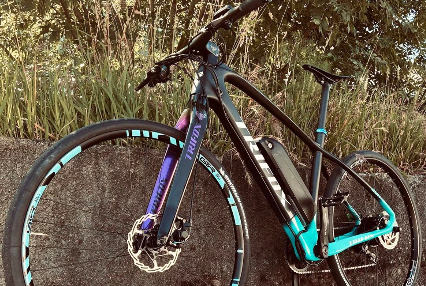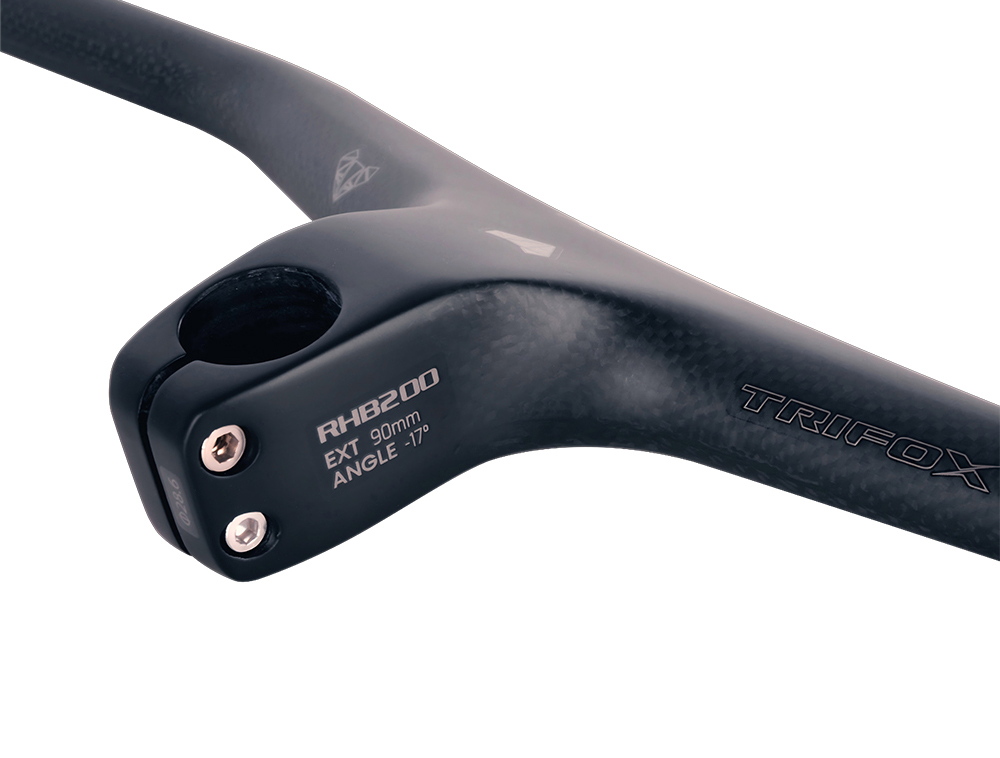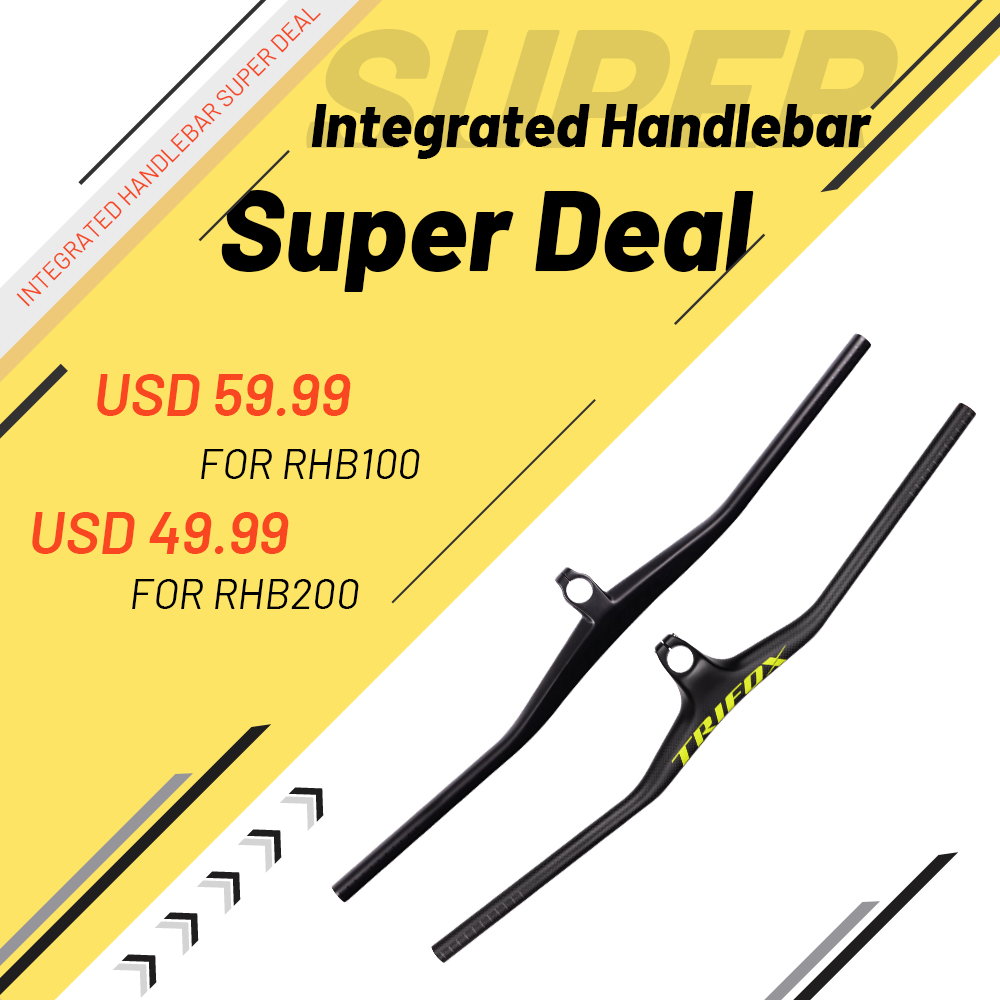In a world dominated by full-suspension mountain bikes and plush gravel rigs, rigid frames and forks might seem outdated. Yet, for many riders and disciplines, rigid suspension (i.e., no suspension at all) offers compelling advantages. Here’s why going rigid could transform your ride:
1. Unmatched Efficiency:
Every bump absorbed by suspension saps pedaling energy. Rigid bikes convert 100% of your power into forward motion. This makes them ideal for climbing, smooth trails, gravel roads, or urban commuting where speed and efficiency trump impact absorption.
2. Lighter Weight:
Eliminating shocks, springs, and pivots slashes weight significantly. A lighter bike accelerates faster, feels nimbler, and is easier to carry – a major perk for bikepacking, cyclocross, or long-distance riders.
3. Lower Maintenance & Cost:
No suspension means no seals to service, no air springs to tune, and no pivot bearings to replace. Rigid setups are simpler, cheaper to buy/maintain, and less prone to mechanical issues on long adventures.
4. Enhanced Direct Feel & Control:
Experience unparalleled connection to the trail. Rigid bikes offer instant feedback through the bars and saddle, allowing precise line choice, sharper cornering, and improved bike handling skills. You feel the terrain, fostering greater rider engagement.
5. Increased Frame Stiffness & Compatibility:
Without suspension constraints, frames can be designed for optimal stiffness and weight distribution. Rigid forks also simplify compatibility with any wheel size, tire width, or braking system (rim or disc).
6. Better Power Transfer:
No suspension bob means power surges – sprints or steep climbs – transfer directly to the rear wheel without energy loss. This responsive feel is cherished by racers and performance-focused riders.
Where Rigid Reigns Supreme:
Gravel & Road Riding: Efficiency and speed rule.
Smooth Singletrack/Hardpack: Where precision trumps plushness.
Commuting/Touring: Reliability and low maintenance win.
Cyclocross: Lightweight agility is critical.
Bikepacking: Weight savings and durability matter most.
The Trade-Off:
Rigid isn't for everyone. On technical, rocky, or rooty terrain, suspension smooths impacts and reduces fatigue. Your hands, arms, and back absorb more vibration.
Maximizing Rigid Comfort:
Wider Tires: Run lower pressures (within safe limits) for natural cushioning.
Compliance Tuning: Look for carbon forks/frames designed to flex subtly.
Eronomic Touchpoints: Quality grips, a supportive saddle, and padded gloves help.
The Verdict:
Rigid suspension champions purity, efficiency, and connection. It rewards skilled riders with lightning-fast responses and liberates you from complex maintenance. If your terrain allows, embracing rigidity means rediscovering the joy of direct control and unadulterated speed. It’s not about rejecting suspension; it’s about choosing the right tool for your ride.
Ready to simplify? A rigid bike might redefine "smooth" for you.





























































